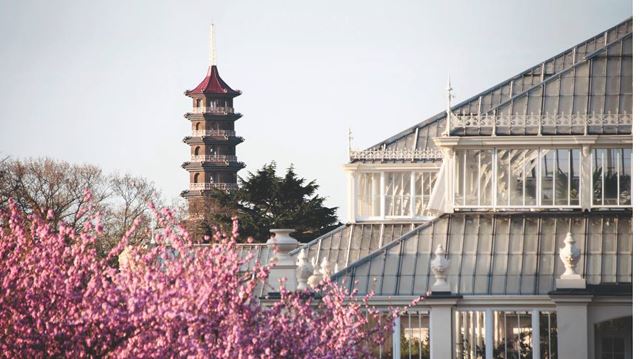
This April, just as our gardens come to life, Gardeners’ Question Time will be celebrating its 75th anniversary – so who better to take us on a springtime tour of the Boundless partner, Royal Botanic Gardens, Kew, than one of the series’ experts?
In addition to the annual unfurling of delicate blossom, the reliable appearance of fresh green shoots and the pops of colour as bulbs offer up their blooms, there’s much for gardening enthusiasts to look forward to this spring.
First, it’s a fantastic time to take advantage of your free admission to Kew Gardens – more on that later – and second, the BBC Radio 4 stalwart, Gardeners’ Question Time, will clock up 75 years of broadcasting on 9 April.
To mark this anniversary, Boundless Gardening Club members have participated in a question and answer session of their own – you’ll find it overleaf. And to enjoy nature as it springs back to life, a visit to south-west London’s Kew Gardens will offer blossom, birdsong and much more.
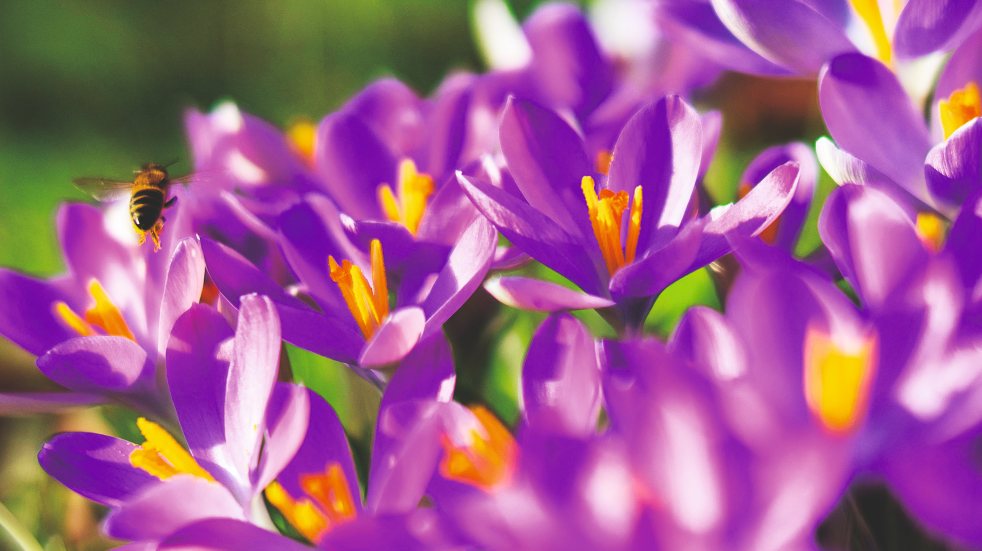
The gardens are rich in history, personalities and plants. In fact, they’re recognised by Guinness World Records as home to the largest number of unique plants (16,900) at a single site in the world. Among them are: the smelliest plant (which also happens to be the tallest bloom); water lilies with the largest and smallest leaf; and the pitcher plant with the longest pitcher (16.9 inches from base to lid).
Founded in 1759 by Princess Augusta, mother of King George III, within royal pleasure grounds, the site has blossomed into one of the world’s greatest botanic gardens – a centre for scientific research and conservation, and a great day out in spring.
Where to start?
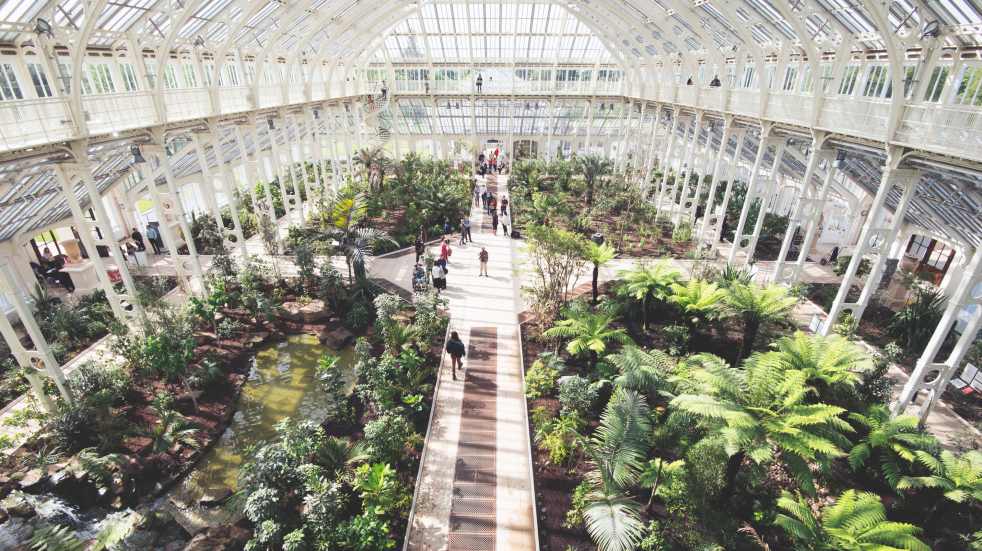
There’s so much to take in at Kew at this time of year, but some sights are not to be missed. It’s worth taking time to meander among giant magnolias, whose blooms look glorious against a clear blue sky, and flouncy flowering cherries in shades of pink or white. And, as the poem ‘The Barrel-Organ’ by Alfred Noyes says, you must visit ‘in lilac-time’, which falls in April.
In spring, the Great Broad Walk Borders – extending over 320m and possibly the longest in Britain – are a patchwork of early flowers and the fresh greens of herbaceous plants and grasses, leading towards the vibrant bedding schemes in front of the Palm House. Meanwhile the nearby woodland garden, full of plants such as rhododendrons, narcissus and trilliums, offers a total contrast to this formality.
Then there’s the arboretum, with 14,000 trees of 2,000 different kinds, many ancient or endangered. In spring it’s a patchwork of vibrant young leaves and green shoots, best appreciated from among the boughs on the Treetop Walkway. One of the earliest plantings in the gardens is the ancient ‘maidenhair tree’ (Ginkgo biloba), from 1759. If only it could speak, it might spill tales of George III, who lived in Kew Palace; of eminent scientists such as Sir Joseph Banks, who dispatched plant collectors around the globe; and of renowned botanists Sir William and Sir Joseph Hooker, who built glasshouses and established Kew as a global centre for scientific research.
Kew’s architectural features rival the plants in their ability to delight visitors. Take the Great Pagoda (managed by Historic Royal Palaces), which was completed in 1762 and, having been recently restored in a huge project that included the reintroduction of 80 dragons, will reopen on 1 April. And the Palm House, dating from 1844 – it houses 1,100 tropical species under 16,000 panes of glass. Its temperature and humidity is ideal for plants like the ancient cycad Encephalartos altensteinii from South Africa, which weighs in at over a tonne. The oldest pot plant in the world, it’s lived at Kew for almost 250 years. Look out, too, for the ‘White Backed Palm’, native to Thailand, and the ‘Carnauba Wax’ palm Copernicia cerifera. The wax from its leaves is used to make lipstick and car polish and it puts the glaze on Smarties.
10,000 plants (including six species considered extinct in the wild) from five continents grace the Temperate House, which dates from 1863 and was reopened by Sir David Attenborough in 2018 after a five-year restoration project. This architectural masterpiece is full of healthy, vigorous young plants. It’s a priceless opportunity to admire elegant tree ferns, the ‘Bird of Paradise’ plant Strelitzia reginae, and tender rhododendrons in full flower, and to wonder at the detail in this glorious building before the plants take over once again.
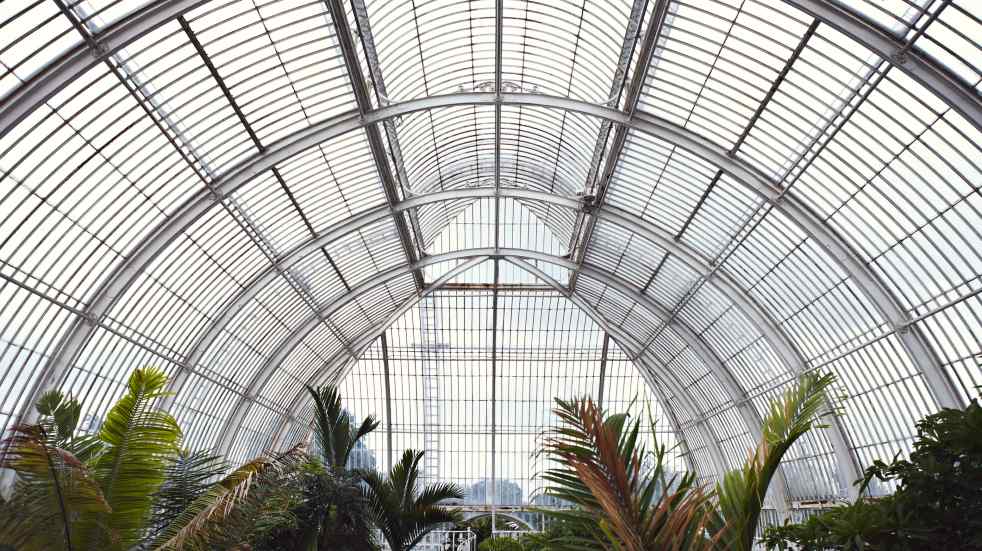
The Princess of Wales Conservatory, opened in 1987, is divided into 10 climatic zones, from deserts through the Canary Island flora to rainforest orchids, bromeliads and ferns. As you stroll, look out for the five Chinese Water Dragons, which help with pest control. Another must-see is the Alpine House, for its elegant contemporary design and the glorious, vibrantly coloured and constantly changing display.
Providing a different perspective on plants, Kew is also big on botanical art. Pop into the Marianne North Gallery, where more than 800 paintings from the unconventional 19th-century global traveller adorn the walls, and to the Shirley Sherwood Gallery, which hosts ‘Natural Reserve’, an exhibition by Zadok Ben-David, until 24 April.
It’s a good idea to check the website (kew.org) beforehand, to plot your route around the gardens, decide where to eat if the mood takes you (there are plenty of options), and check the parking information. First-time visitors will benefit from a tour on the Kew Explorer land train for orientation; and it’s also worth noting that the Alpine House, Princess of Wales Conservatory, Waterlily and Palm Houses offer immense variety in a small area.
Rain or shine, any day is a good day to visit and, thanks to the Boundless partnership, you can enjoy these fantastic gardens as often as you like. Take a trip and immerse yourself in the glory of spring.
Growing pains: Q&A
Matthew Biggs turns his attention to your plant-related conundrums…
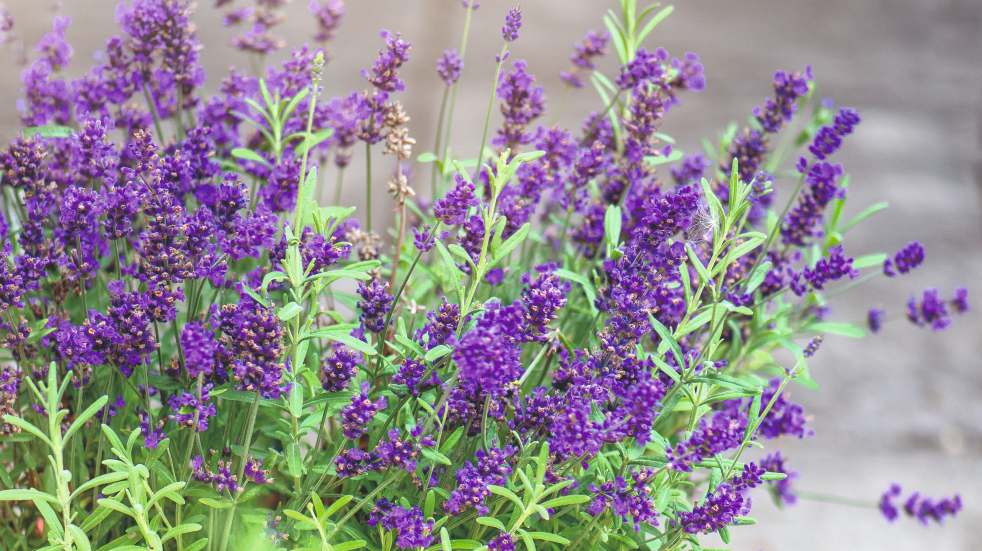
Q I’ve never been able to master planting up a bed so that it looks decent all year round. Are there any simple rules or ratios I can follow? William Marks
A Visit the garden centre every month and buy a few of the plants in flower – they’re often grouped together in a display area to make choosing easier. Variegated evergreens like Euonymus fortunei ‘Emerald ‘n’ Gold’ remain colourful all year round. You can also have bulbs in flower for 12 months of the year, from Scilla in late winter through to autumn crocus and winter aconites. Add plants such as Cornus ‘Anny’s Winter Orange’ (a dogwood), which offers colourful autumn foliage, and winter stems of vivid yellow, orange and red. Always plant in odd numbers to create a balanced border.
Q Can I plant a small fruit tree in a flower bed (about 1.5m x 4m) with flowers and shrubs around it, or will the tree take too many nutrients from the soil to the detriment of the other plants? Lucy Rose
A One of the best apples for limited space is ‘Red Falstaff’ – buy it on an M9 rootstock for a dwarf tree that’s attractive, cold hardy and disease resistant, with red, sweet and crisp apples. All the plants in the border will be competing for water, food and rooting space, so leave a 60cm circle clear around the tree’s base and don’t plant anything too vigorous nearby.
Q I’ve neglected my lavender plant and it’s looking really woody. Is there a way to rescue it before it starts flowering? Mrs C Compton
A Lavender doesn’t usually regenerate from old wood but try cutting it back to within a hand’s width of the old wood in spring. If new shoots appear, do the same next year. If it doesn’t resprout after year one then buy a new plant.
Q Is it possible to revive potted herbs after winter frosts? My thyme and mint plants look positively tragic. Drew McColl
A Some herbs, like parsley, are resown each spring; the stems of others, like mint, die back down in winter then new shoots appear in spring. Cut the dead stems off at ground level from late February to early March, before new growth appears. Smaller woody plants like thyme and oregano should be sheared back to just above ground level at the same time. Woody shrubs like sage and bay are kept in check by regular harvesting
Q Do I need to feed my two blueberry bushes to promote growth? They didn’t do very well this year! Mel Gulliford
A Blueberries need acidic soil and watering with rainwater, keeping the soil moist but not waterlogged. If they’re in pots, feed in the growing season (usually late March to the end of September) with a general food for ericaceous plants and repot annually in soil-based ericaceous compost. If the leaves are turning yellow, water with sequestered iron as needed. If the bushes are in the ground, apply sulphate of ammonia in late winter (½oz/15g per square yard/ metre). Avoid overfeeding. Net them after flowering – birds love the fruit and spot them before we do. Cut out twiggy growth that fruited last year to a low strong, upward-facing bud or branch and remove up to a quarter of the oldest stems at the base of a mature plant or prune to a younger strong shoot lower down on the branch in spring.
Don’t forget Wakehurst…
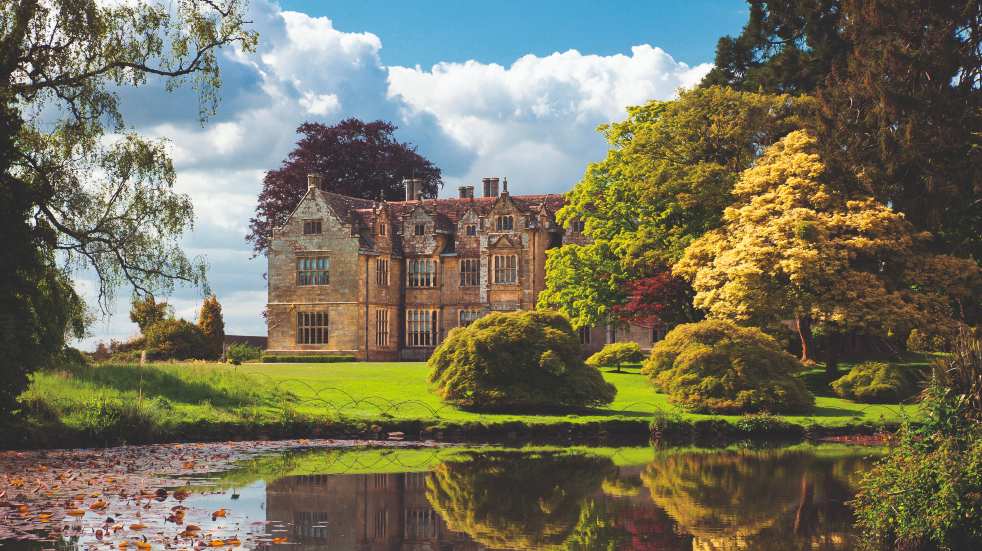
Your Boundless membership also covers entry to Kew’s wild botanic garden at Wakehurst in West Sussex. The 535-acre landscape, which surrounds an Elizabethan mansion, is predominantly natural and undulating, and the temperate climate here increases the range of plants that can be grown. Before the Royal Botanic Gardens, Kew took over, it was already a notable garden due to the work of Lord Wakehurst and, later, Sir Henry Price.
The garden features major plantings of trees from around the globe, which create magical woodlands filled with fresh leaves and brightly coloured shoots in spring. It’s also home to the Himalayan Glade, boasting vivid rhododendrons, magnolias, maples and rowans; and to four National Collections, including birches, which are carpeted with bluebells in spring. Coates Wood, a unique collection of trees from Australasia into South America, is worth a visit any time of year. And the Winter Garden, which was officially launched in 2019, is worth a quick mention in case you get there in March, before spring takes a firmer hold.
As if all that’s not enough, Wakehurst is also home to the Millennium Seed Bank, which conserves 2.4 billion seeds from around the world and is one of the most exciting conservation projects in Britain.
Do more with Boundless
If you're working in or retired from the public sector or civil service, Boundless has two great membership options to choose from: Boundless and Boundless Plus.
With Boundless, you get unlimited access or discounted entry to many of the UK’s top attractions including Kew Gardens and Wakehurst and WWT centres across the UK, as well as year-round deals on restaurants, holidays, shopping and much more. With Boundless Plus, you can enjoy additional benefits including unlimited access to Historic Royal Palaces sites, National Trust for Scotland places, access to the Ramblers' extensive group walks and routes, and peace of mind with roadside assistance and local recovery by LV= Britannia Rescue.




